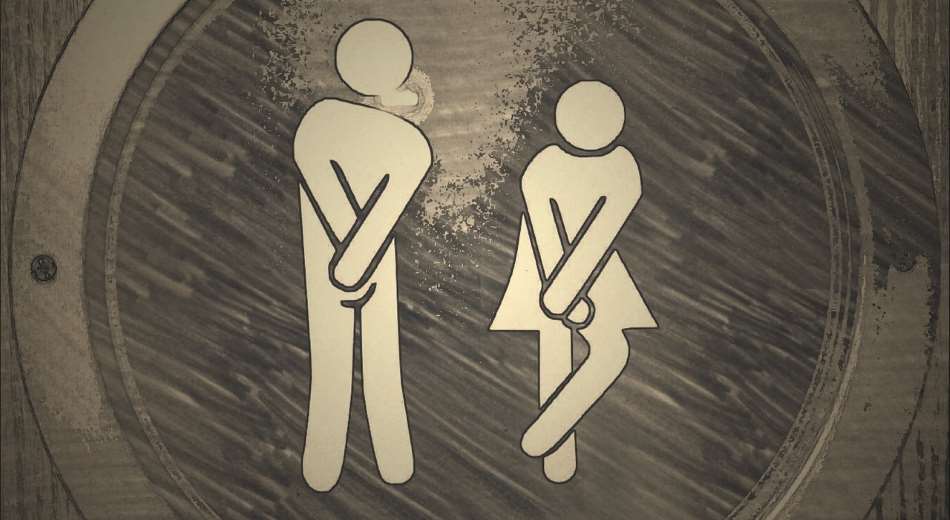Off to the Toilet with You
A healthy bladder wants to be regularly and fully emptied. You should avoid "holding it in" at all costs! Even if you're not feeling motivated or the nearest toilet is inconveniently far away and dirty - If you need to go, then please go!
Even if you don’t urgently need to go: Don’t delay your trip to the toilet for too long, meaning don’t wait until your bladder is completely full. As a guideline, you should aim to visit the toilet every 2-4 hours at the latest.
This may require a bit of planning ahead and thinking ahead, especially when you're out and about and might not find a toilet everywhere.
Are you stuck in the middle of an acute infection? It’s beneficial if the bladder is emptied often because it helps flush out bacteria. However, it can also be extremely painful, especially at the end of urination, so it won’t help you to be running to the toilet every 10 minutes. Your bladder might only punish you with even more pain in return.
Particularly during treatment with antibiotics, you should avoid diluting your urine by drinking excessively – the concentration of the active substance in the bladder may become too low to successfully fight the bacteria.
If you're treating with D-Mannose, it’s helpful at least overnight for the D-Mannose to stay in your bladder for a while. Frequent bladder emptying will flush out the D-Mannose before it can take effect.

Little Toilet Etiquette
You might be wondering, is there really more to say about this? Quite a bit 🙂
- Always sit down: If it's a public toilet, it’s better to cover everything with toilet paper before you get the smart idea to squat and pee.
- No slouching: Full bladder emptying works better when sitting upright. Tip for residual urine: After emptying your bladder, stand up and sit down again and try to pee the remaining urine. Alternative to standing: Lift your bladder by gently pushing it upwards with your fingers above your pubic bone.
- Waterworks? Pressing too hard creates suction and increases the risk of leftover urine.
- Your lower parts don’t like perfume: Cross scented toilet paper off your shopping list.
- Are you the proud owner of a shower toilet? Then please only use it to clean your bottom, not the front.
- Tip: Gentle cleaning without using toilet paper: HAPPYPO Butt Shower*
Big Toilet Etiquette
If it’s going to be a long session, here’s what I recommend:
- Don’t sit on the toilet for hours! Your lower abdomen cools down.
- Don’t push too hard: Bad for the pelvic floor, which is important for healthy bladder function.
- Common sense: The right wiping technique - Clean from front to back. This reduces the risk of moving bowel bacteria into the urethra.
- At home: The proper intimate hygiene - Best to use a bidet or a flannel for extra cleaning afterward.
Tip for using wet wipes: Wash them well in water beforehand, then use them. - On the go: If needed, use sensitive, unscented wet wipes or intimate hygiene wipes.
- Before your next sexual encounter: Take a shower! It’s usually your own bowel bacteria that cause bladder infections.
